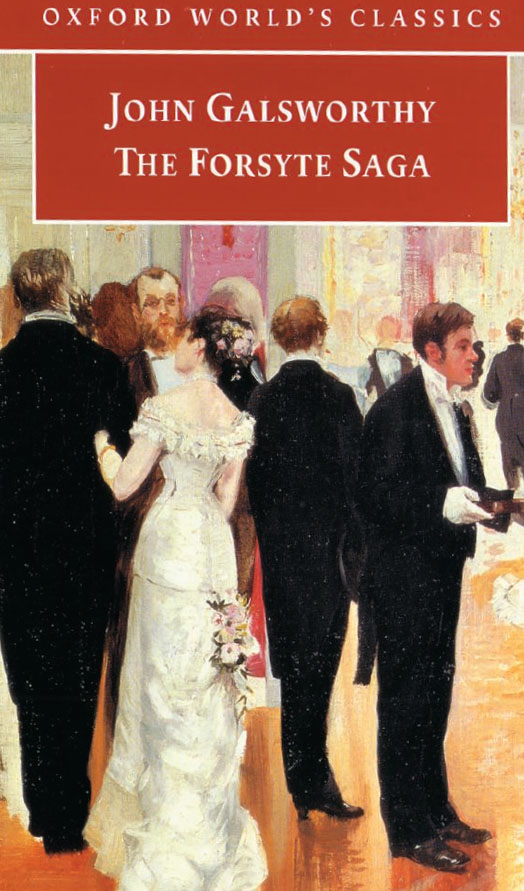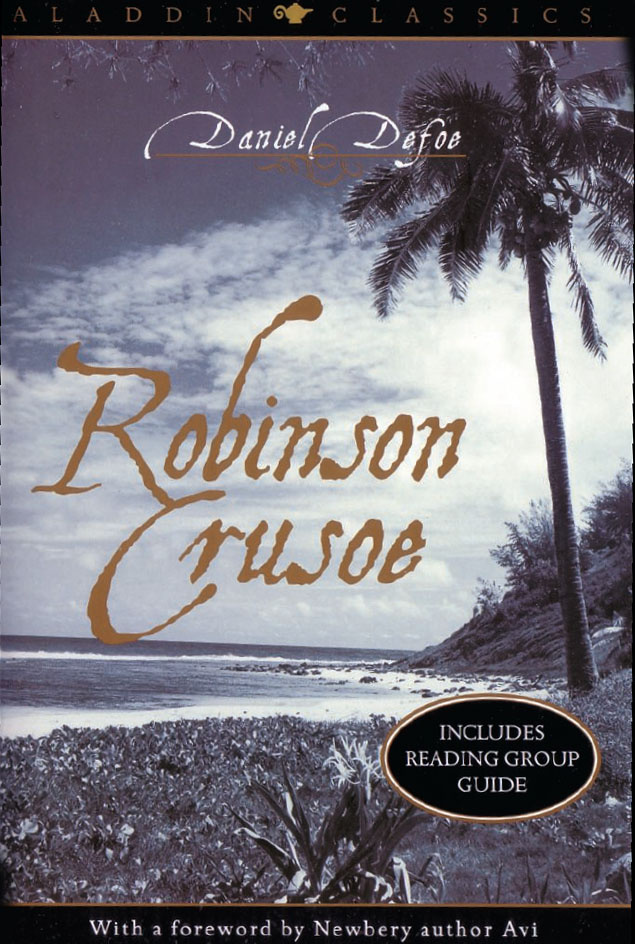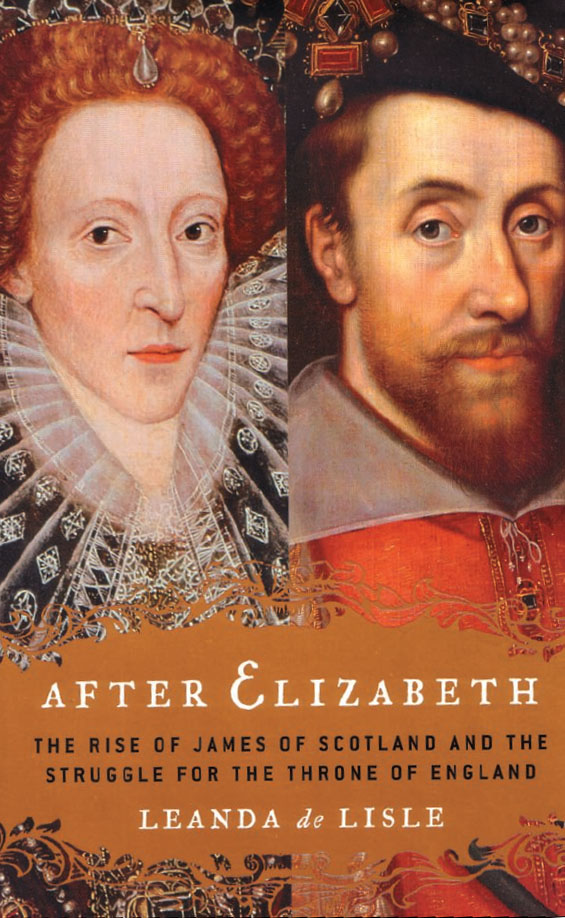
Bits of Books About Britain
[caption id="OntheBookshelf_img1" align="aligncenter" width="127"]

MY OWN LOVE OF BRITAIN CAME first through the sheer evocative power of English novels. With Katherine Bailey’s look at The Forsyte Saga we come to an end of our series on the 10 most British books. John Galsworthy’s masterpiece was No. 1 in our poll; there must be a reason why. In our July issue, I proffered an editor’s list of 10 British Books That Changed the World. We have looked at several of these famous tomes over the past few editions. On the Bookshelf this time, I asked my old college mate Professor David Langley to ruminate on the significance of Robinson Crusoe.
The Forsyte Saga, by John Galsworthy. Available in many editions, both soft and hardcover.
[caption id="OntheBookshelf_img2" align="aligncenter" width="524"]

THE CORNERSTONE of British imperialism was the belief that “our work is righteous and it shall endure.” A similar arrogance applies to the mindset of the Forsyte family, the large, fictional clan portrayed in John Galsworthy’s classic trilogy, The Forsyte Saga, which includes The Man of Property, published in 1906; In Chancery, 1920; and To Let, 1921. For the prosperous, upper-middle-class Forsyte men—women are merely appendages—acquisition is everything. They are, above all, men of commerce and property.
At the time of its completion and publication some 85 years ago, The Forsyte Saga was an immediate and overwhelming success, and though it remains popular with the public today, it has never received critical acclaim. The Forsyte Saga is, nevertheless, a remarkably accurate and rich rendering of life in London among a unique social group during the last decade of the 19th century and the first two decades of the 20th. It is in its faithful depiction of the frock-coated conducting their gilt-edged lives in tall, over-furnished and over-staffed houses on the Bayswater Road that The Forsyte Saga is so quintessentially British.
As the first volume opens, 30-year-old Soames Forsyte buys land at Robin Hill in a picturesque suburb near London. His intention is to build a house for his bohemian wife, Irene, and the children he hopes to one day have. Irene, however, falls in love with the house’s architect, Philip Bosinney. Vindictively, Soames sues Bosinney for exceeding estimates on the house, and Irene—scandalously for the times—deserts Soames to live with her lover. In a melodramatic plot twist, a speeding car runs over and kills Bosinney, and the grieving Irene is forced to return to Soames.
In the second novel of the trilogy, Irene divorces Soames and falls in love again, this time with Soames’ cousin, Jolyon. Because material goods and business status are unimportant to him, Jolyon is an anomaly among Forsyte men. He, in fact, shares Irene’s sensibilities: love of nature, an affinity for music and an appreciation of the visual arts. Jolyon and Irene marry and eventually have a son, Jon. Meanwhile, deeply bitter and perplexed over Irene’s abandonment, Soames marries a French woman, Annette Lamotte, who gives birth to a daughter whom they name Fleur.
Jon and Fleur are both 19 years old when the third volume opens. As the astute reader has expected all along, they fall in love. But when Jolyon informs his son that Irene was once married to Fleur’s father and that Soames treated her abusively, Jon decides he cannot marry Fleur. He flees to America. Like her father in the past, Fleur is now on the rebound. She throws herself at a long-standing admirer, Michael Mont, a fashionable baronet’s son, and the two are married.
One of the strengths of Galsworthy’s work is its clever structure. For example, early in the novel, in the year 1886, the Forsytes assemble at Old Jolyon’s home to celebrate the engagement of his granddaughter. Near the work’s conclusion—the year is now 1920—there is a comparable gathering of Forsytes to honor the marriage of Fleur and Michael Mont. The years between the two celebrations witness the invention of the bicycle, the motorcar and the flying machine; the shift of English population from country to town; and the birth of the cinema. In a preface to his trilogy Galsworthy writes, “But this long tale is no scientific study of a period; it is rather a prime example of the disturbance that beauty and freedom effect in the lives of men of commerce.”
The impingement of beauty and freedom—personified by Irene and Jolyon—on the Forsyte’s business world is the primary theme of The Forsyte Saga. Galsworthy notes in his preface that the “wild raiders Beauty and Passion come stealing in filching security from beneath Forsyte noses.”
Another of the trilogy’s achievements is its realistic portrayal of three generations of delightful Forsyte characters. Irene and Soames are masterfully depicted. A complex character, the intelligent and loving Irene could or might do anything in the course of her life, and for that reason the narrative is remarkably compelling. From the start the tight-lipped, closely shaven, complacent Soames earns our disdain. He obsesses over two pieces of property, the house at Robin Hill and his wife Irene. Proprietarily, he forces himself on her sexually. Yet, to the author’s credit, Galsworthy gradually evokes our pity for Soames by portraying him as not only unlovable but at the same time sensitive enough to be thoroughly conscious of the fact that people—even Annette and Fleur—do not like him.
To see these reviews and hundreds more by leading authorities, go to our new book review section at www.thehistorynet.com/reviews
[caption id="OntheBookshelf_img3" align="aligncenter" width="243"]

Galsworthy, again in his preface, writes, “So many people have written and claimed that their families were the originals of the Forsytes that [I have been] almost encouraged to believe in the typicality of an imagined species.”
Though the Forsytes are, to be sure, creatures of Galsworthy’s imagination, his depiction of turn-of-the-20th-century London is authentic. It enables readers to quite effortlessly visualize a slice of British history.
[caption id="OntheBookshelf_img4" align="aligncenter" width="548"]

KATHERINE BAILEY
Blood and Roses: One Family’s Struggle and Triumph During England’s Tumultuous Civil War, by Helen Castor, HarperCollins, New York, 448 pages, hardcover $29.95.
Original Letters, written during the reigns of Henry VI, Edward IV, and Richard III, by various persons of rank and consequence; containing many curious anecdotes relative to that turbulent and bloody, but hitherto dark period of our history; and elucidating, not only public matters of state, but likewise the private manners of the age; digested in chronological order; with notes, historical and explanatory; and authenticated by engravings of autographs, paper marks and seals.
WITH JUST SUCH AN awkward, if descriptive, title, the Paston letters were first published in 1787. The edition sold out within a week, received the effusive praise of literary arbiter Horace Walpole, became the talk of the London season and earned their editor, amateur historian John Fenn, a knighthood.
The Paston letters are the most complete set of domestic medieval correspondence in existence. Several sacks full of the 15th-century family letters discovered in 1735 detail the bumpy rise of the Paston family over four generations from rural peasantry to knighthood and prominence in Norfolk. Helen Castor has woven the letters together into a ripping narrative yarn.
This is history of a different sort. As personal correspondence between brothers, husbands and wives, fathers and sons, the letters uniquely unpack details of domestic life and social relationships in the 1400s, providing eye-level insight into how the social and legal systems actually functioned in the late medieval world.
Through much of the 15th century, of course, the kingdom was wracked by the dynastic clashes that became known as the Wars of the Roses. A family struggling to rise through the decades of military and social conflict could not avoid being caught in the political web of combat, intrigue and shifting alliances of both court and county. Against this backdrop, two generations of Pastons used law and lance to secure their family’s right to and possession of the estates and castle of Sir John Fastolf—the model for Shakespeare’s Falstaff.
The casual uses of private armies, the latest fashions in Norwich, the complex vulnerabilities of life in the feudal hierarchy, the intricate ways in which social status and personal influence determined life: The story of the Paston family revealed by their uniquely preserved correspondence offers rare and detailed insight into the social, political and domestic world of the high Middle Ages. This book is a gem.
DANA HUNTLEY
[caption id="OntheBookshelf_img5" align="aligncenter" width="635"]

WHEN DECIDING which book deserves the title of “first English novel,” scholars often have chosen Daniel Defoe’s Robinson Crusoe (1719) or Samuel Richardson’s novel, Pamela (1740). In recent decades, feminist scholars have lobbied for Aphra Behns’ Oroonoko (1688), and a University of California professor has campaigned for a book titled, oddly, Beware the Cat (1533). Scholars can argue the case for any of these works. However, for the credibility of his plot construction and maturity of theme, my money is on Defoe.
Readers have always thought of Robinson Crusoe as an adventure story about a man shipwrecked without resources on a desert island, who manages to eke out a meager existence, finds emotional salvation in the eventual discovery of his man Friday, and is then rescued and taken back to England to home and family. A thorough reading of the book, though, shows a much deeper literary work.
Defoe adeptly structures his plot to give the story believability. Before being shipwrecked, Crusoe develops a solid foundation in travel and survival skills. For example, he becomes a sailor, escapes the “Moors” of North Africa and learns navigation and farming skills. Even in his isolation, Crusoe fares far better than I had long thought. Granted, he must survive the shipwreck alone. But like Tom Hanks in the movie Castaway (one of the latest artistic offspring of Defoe’s book), he gathers supplies from his wrecked transport. In fact, Crusoe fares far better than Hanks, for while the movie star must settle for some videotape, dress netting, a soccer ball and ice skating boots, Crusoe makes several trips out to his ship and brings in tools, food and other supplies that give him a solid start for his isolation.
Like Hanks, Crusoe suffers the emotional roller-coaster ride of characters in any survival tale. But unlike the movie star, Crusoe has a far larger and more fertile island on which to base a one-man colony. With his extensive resources and highly tillable land, Crusoe spends not just a few years on his island, but more than 25!
Defoe gives his story a deeper theme than the adventure-story offshoots that have populated various media through the years. Our hero begins as little more than a child who grows up through his experiences, whose trials deepen his faith in God and who learns about the sacrifices necessary to establish and maintain civilization.
Crusoe’s initial character flaw resembles that of many youth: He won’t listen to good ideas. Against his father’s advice, he wants to go to sea. Looking back on 300 years of British naval fiction and history, we easily see the danger of this decision. Crusoe, of course, cannot see it, so he runs off to the great wide ocean anyway. As the novel unfolds, however, he eventually awakens to his father’s wisdom.
Just as he must with his father, Crusoe also must come to grips with the religious upbringing of his youth. Sometimes, when situations turn out well, Crusoe is quick to give God great praise. When situations turn awry, he turns on God and becomes easily discouraged. For the immature Crusoe, God must be a kind of servant—a kind of man Friday—to serve his needs and desires. Gradually, Crusoe realizes that hard work and thankfulness for every small good thing is his way out of despair.
Defoe’s novel appeared in 1719. The bloody English Civil War was past, as were the Restoration, the Bloodless Revolution and related political upheavals. The Industrial Revolution was underway, but the American Revolution, French Revolution and Napoleonic Wars that would challenge Great Britain for more than 30 years were still to come. This was a time for Britain to take stock of its newfound power and stability and to contemplate its role as a nation.
Defoe’s suggestion in this era is to campaign strongly for ordered civilization, not to say colonization and imperialism. Regarding religion, Crusoe encourages Friday to adopt the Puritan faith, but does so peaceably. There are times, in fact, when Friday questions Crusoe so strongly that the protagonist must retreat from simplistic proselytizing and rethink his own faith. When friendly South Americans arrive on the island, Crusoe allows “liberty of conscience” for all who stay.
When an English ship finally arrives at the island, but under the control of mutineers, Crusoe helps the captain regain control of the ship, but encourages him to treat the rebels as humanely as possible. Once Crusoe returns to Europe, he is generous to those who helped him financially in the past. As for family, Crusoe regrettably finds that his parents have died, but he lives out the rest of his life as a mature individual dedicated to his surviving relatives and marries happily. In short, like the prodigal son of the Gospels, he comes home a humbler and wiser man.
DAVID LANGLEY
[caption id="OntheBookshelf_img6" align="aligncenter" width="565"]

Briefly Noted:
Battlefield Britain: From Boudicca to the Battle of Britain, by Peter and Dan Snow, BBC Books, London, 224 pages, hardcover $35.
THE NAMES OF the great battles on British soil, like Hastings, Naseby and Culloden, are familiar enough. In this new BBC book, eight of Britain’s most famous battlefields reveal the hows, whys and whos of these epic clashes. Computer animation and dynamic graphics contribute to the clear explication of these turning points in island history. Peter and Dan Snow test the weapons and battle conditions over the centuries. Clearly written and first-rate.
After Elizabeth: The Rise of James of Scotland and the Struggle for the Throne of England, by Leanda de Lisle, Ballantine Books, New York, 368 pages, hardcover $25.95.
THE TITLE SAYS it all. The Tudor dynasty was to die out with Elizabeth I. As her days drew to a close, England was in upheaval over an uncertain succession. This is the rollicking good story of the intrigue, conspiracies and corruption surrounding the far from inevitable succ e s s ion of James Stuart, son of Mary, Queen of Scots, to the throne of England.
Royal Panoply: Brief Lives of the English Monarchs, by Carolly Erickson, St. Martin’s Press, New York, 350 pages, hardcover $27.95.
IN ONE FORM or another, lives of the English monarchs have been published by the score over the years. This one is a beauty: clearly and insightfully written, making each king and queen real and human in just a few pages.
The Literary Traveller in Edinburgh: A Book Lover’s Guide to the World’s First City of Literature, by Allan Foster, Mainstream Publishing, London, 288 pages, hardcover $22.95.
WHETHER OR NOT Edinburgh actually is the world’s first city of literature, this may be the definitive guide to the city as it was known by a host of writers, from Stevenson and Scott to Muriel Spark, Hugh MacDiarmid, Conan Doyle, J.M. Barrie and more. This is a book for true literature fans on a pilgrimage.





Comments